NASA’s Hubble Space Telescope has captured a breathtaking image of a tilted spiral galaxy filled with newborn stars and glowing gas. Discover what this stunning celestial phenomenon reveals about the universe.
Introduction
The universe never fails to amaze us, and once again, NASA’s Hubble Space Telescope has delivered a stunning image that is both scientifically valuable and visually breathtaking. This time, Hubble captured a tilted spiral galaxy ablaze with baby stars and glowing gas, offering a rare and intimate glimpse into the intricate process of star formation and galactic evolution. As we gaze into the depths of the cosmos, images like these help astronomers unravel the mysteries of the universe—one spectacular frame at a time.
The Spiral Galaxy in Focus
This newly captured image showcases a spiral galaxy oriented at an angle, revealing its structural depth in remarkable detail. Unlike face-on or edge-on galaxies, this tilted perspective gives astronomers a three-dimensional view of its swirling arms and central bulge, allowing for better observation of the dynamics inside.
The galaxy’s arms are awash with glowing clouds of gas and bright pockets of newborn stars, indicating active regions of star formation. These bright, hot, blue-hued baby stars illuminate the surrounding gas, creating a celestial tapestry of colors and textures.
A Celestial Nursery of Baby Stars
One of the most striking features of the image is the presence of young, massive stars, often referred to as “baby stars.” These stars are born in clusters within nebulae, where dense clouds of gas and dust collapse under gravity. Once fusion ignites in their cores, they light up brilliantly, radiating ultraviolet energy that ionizes the surrounding hydrogen gas—causing it to glow in vibrant hues of pink and red.
This galaxy is an interstellar nursery, offering scientists the perfect laboratory to study how stars are born, evolve, and influence their galactic environments.
Glowing Gas: A Sign of Galactic Activity
The glowing gas observed in the Hubble image is more than just a visual spectacle—it’s a scientific clue. Emission nebulae, rich in hydrogen, glow due to the intense radiation from young stars. These gas clouds are often indicators of starburst activity, where star formation occurs at a rapid pace.
In this particular galaxy, the concentration of glowing gas near the spiral arms hints at recent or ongoing galactic interactions or internal dynamical processes, such as density waves, that trigger star formation.
Why the Tilted Angle Matters
The tilted orientation of the galaxy captured by Hubble is not just aesthetically pleasing—it’s scientifically significant. This angle allows astronomers to:
Analyze the galaxy’s disk structure
Observe stellar population distributions
Measure rotational velocity
Study dust lanes and star formation zones in depth
This perspective also helps build accurate galactic models, aiding our understanding of how such galaxies evolve over millions or even billions of years.
Hubble Space Telescope: A Legacy of Cosmic Discovery
Since its launch in 1990, the Hubble Space Telescope has revolutionized our understanding of the cosmos. From discovering exoplanets and witnessing supernovae to revealing the farthest galaxies ever seen, Hubble has become an irreplaceable eye on the universe.
This latest image of a tilted spiral galaxy is yet another testament to its enduring legacy. Each image is not just a photo, but a piece of cosmic history frozen in time.
The Bigger Picture: Understanding Our Universe
Studying galaxies like this one helps astronomers answer fundamental questions about the universe:
How do galaxies form and evolve?
What processes trigger star formation?
How does interstellar matter cycle through galaxies?
These observations also guide future missions, such as those using the James Webb Space Telescope, to probe even deeper into the cosmic frontier.
Conclusion
The tilted spiral galaxy captured by the Hubble Space Telescope, blazing with newborn stars and radiant gas, is a stunning reminder of the beauty and complexity of our universe. Beyond its visual wonder, it holds key insights into star formation, galactic structure, and cosmic evolution.
As we continue to peer into the cosmos, each image brings us closer to understanding our place in the vast, ever-expanding universe. Thanks to Hubble and future telescopes, the stars will continue to tell their stories—one brilliant light at a time.
Hubble Captures a Tilted Spiral Galaxy Ablaze with Baby Stars and Glowing Gas
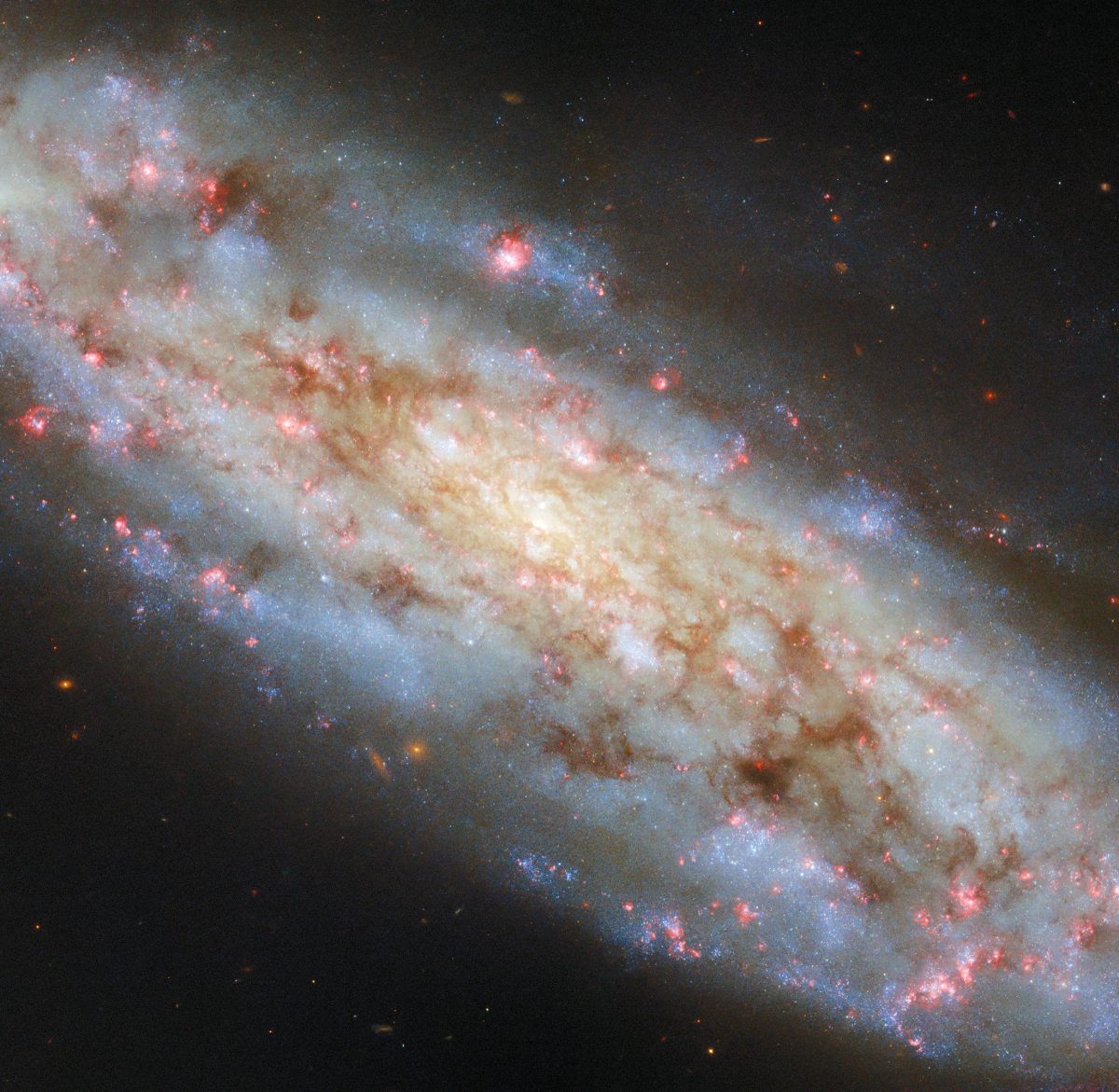



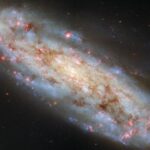
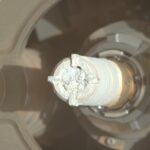
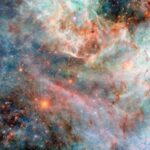



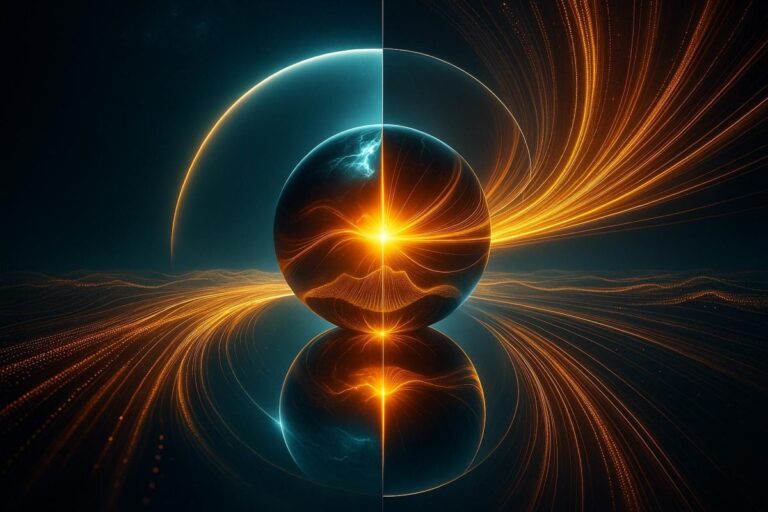
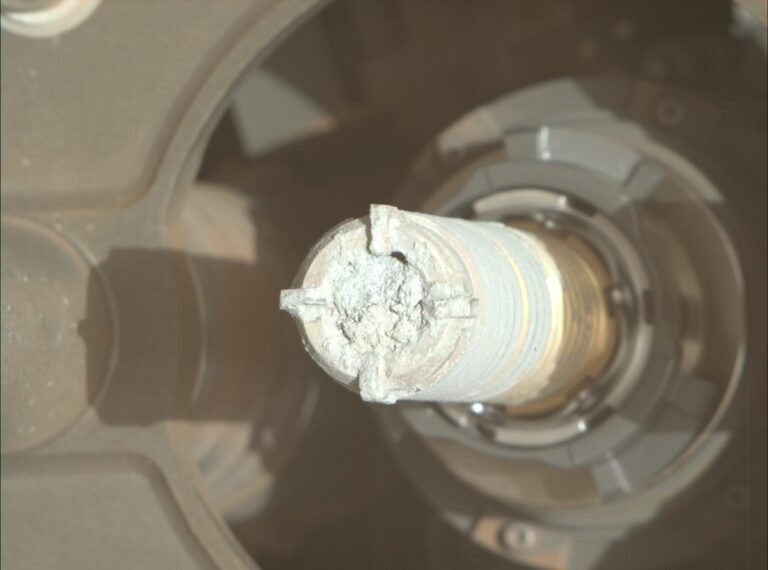
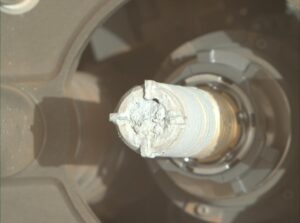

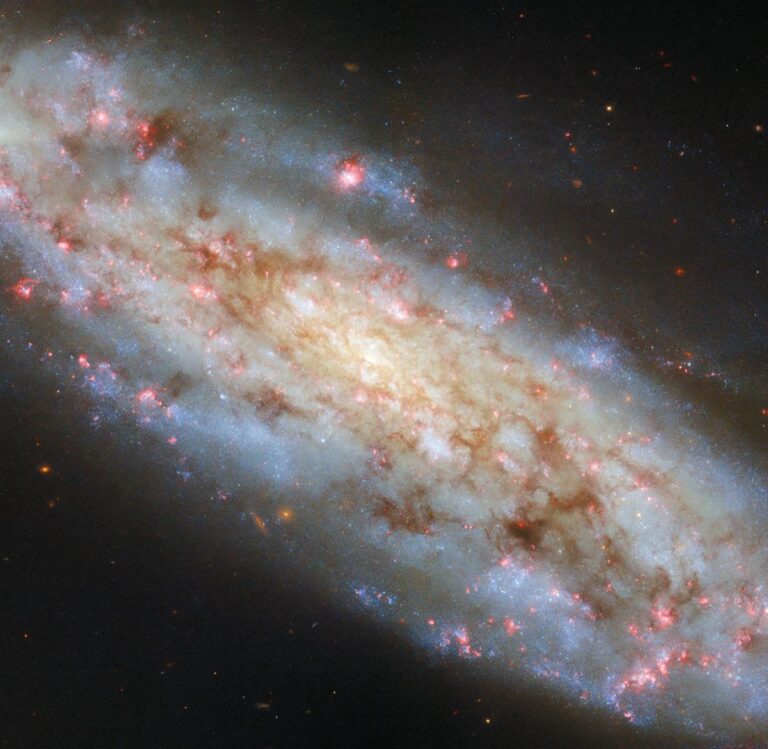
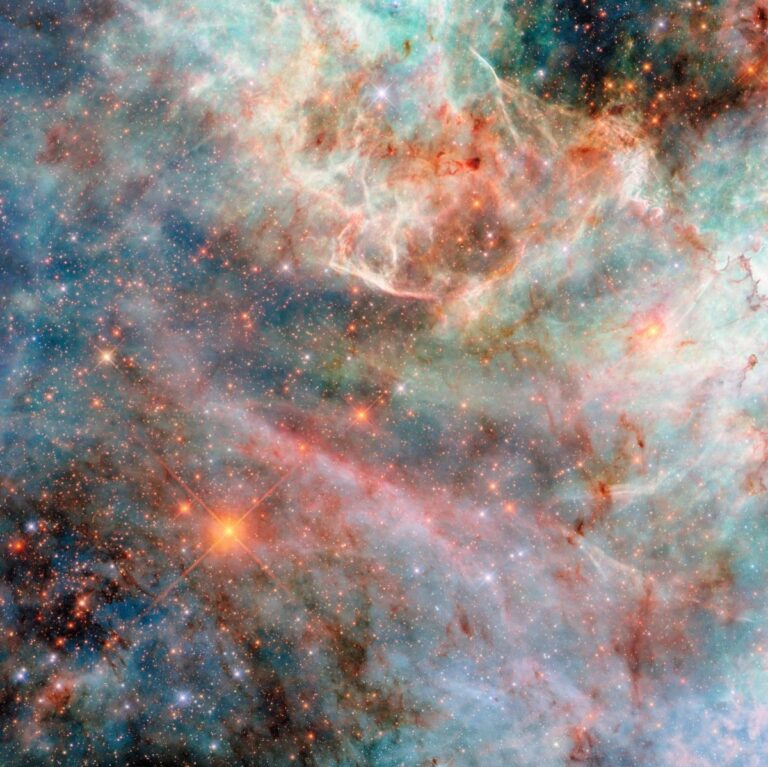

+ There are no comments
Add yours